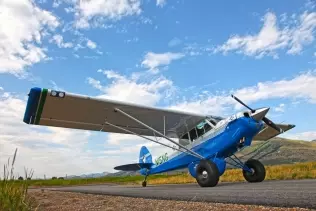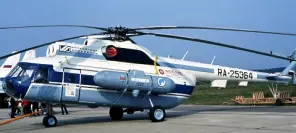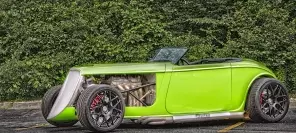- Main page
- Search
- Up to date
- Products
- Technology
- Vehicles
- Video
- Conversion Payback Simulator
Port Injection - Conversion Payback Simulator
Direct Injection - Conversion Payback Simulator
Diesel - Newsletter
A CNG aircraft?
 loading results...
loading results...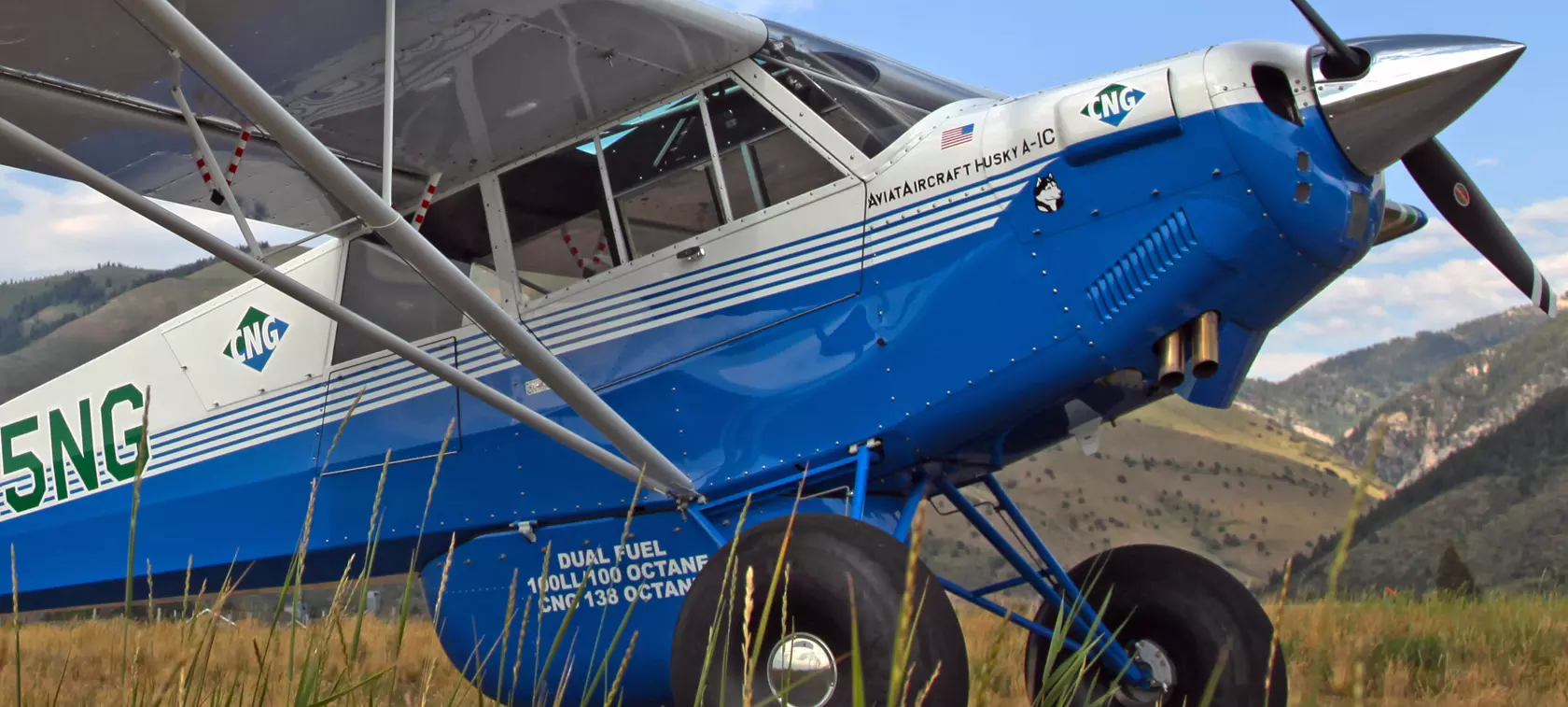 © Aviat Aircraft Inc.
© Aviat Aircraft Inc. 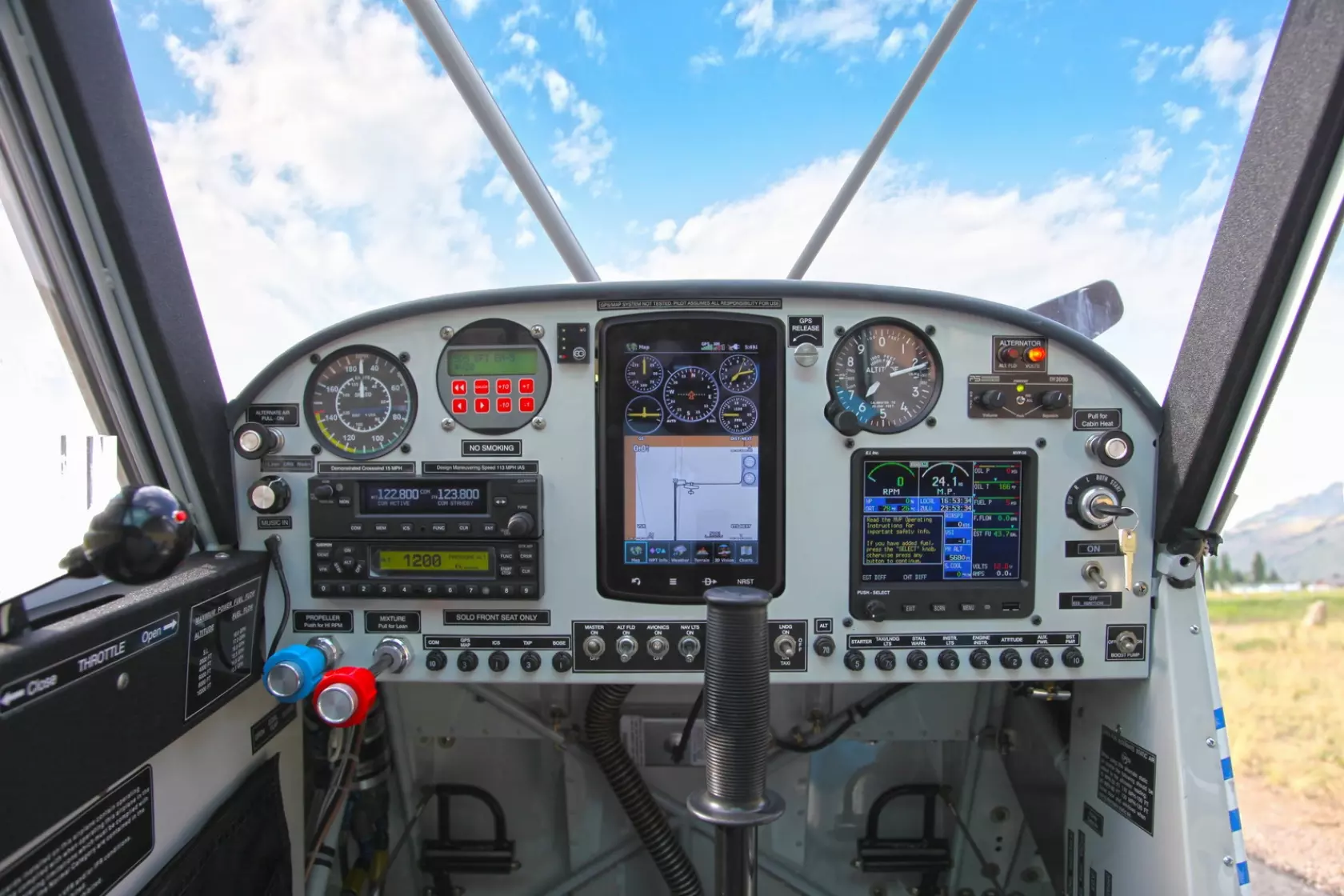 The cockpit of the CNG-powered Husky aircraft manufactured by Aviat Aircraft
The cockpit of the CNG-powered Husky aircraft manufactured by Aviat Aircraft  Power supply switch in the cockpit of Aviat Aircraft’s CNG-powered Husky
Power supply switch in the cockpit of Aviat Aircraft’s CNG-powered Husky 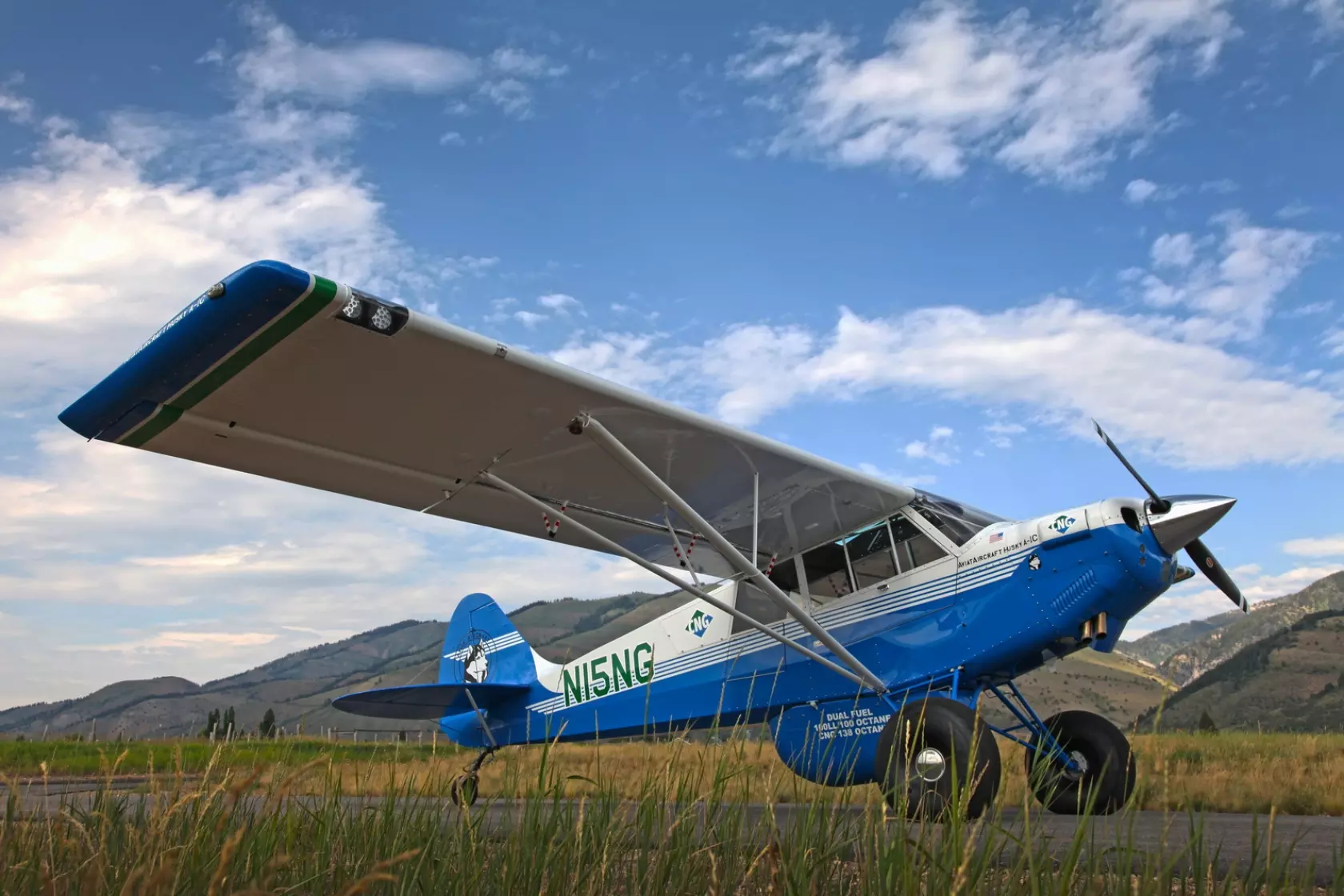 CNG-powered Husky aircraft manufactured by Aviat Aircraft
CNG-powered Husky aircraft manufactured by Aviat Aircraft 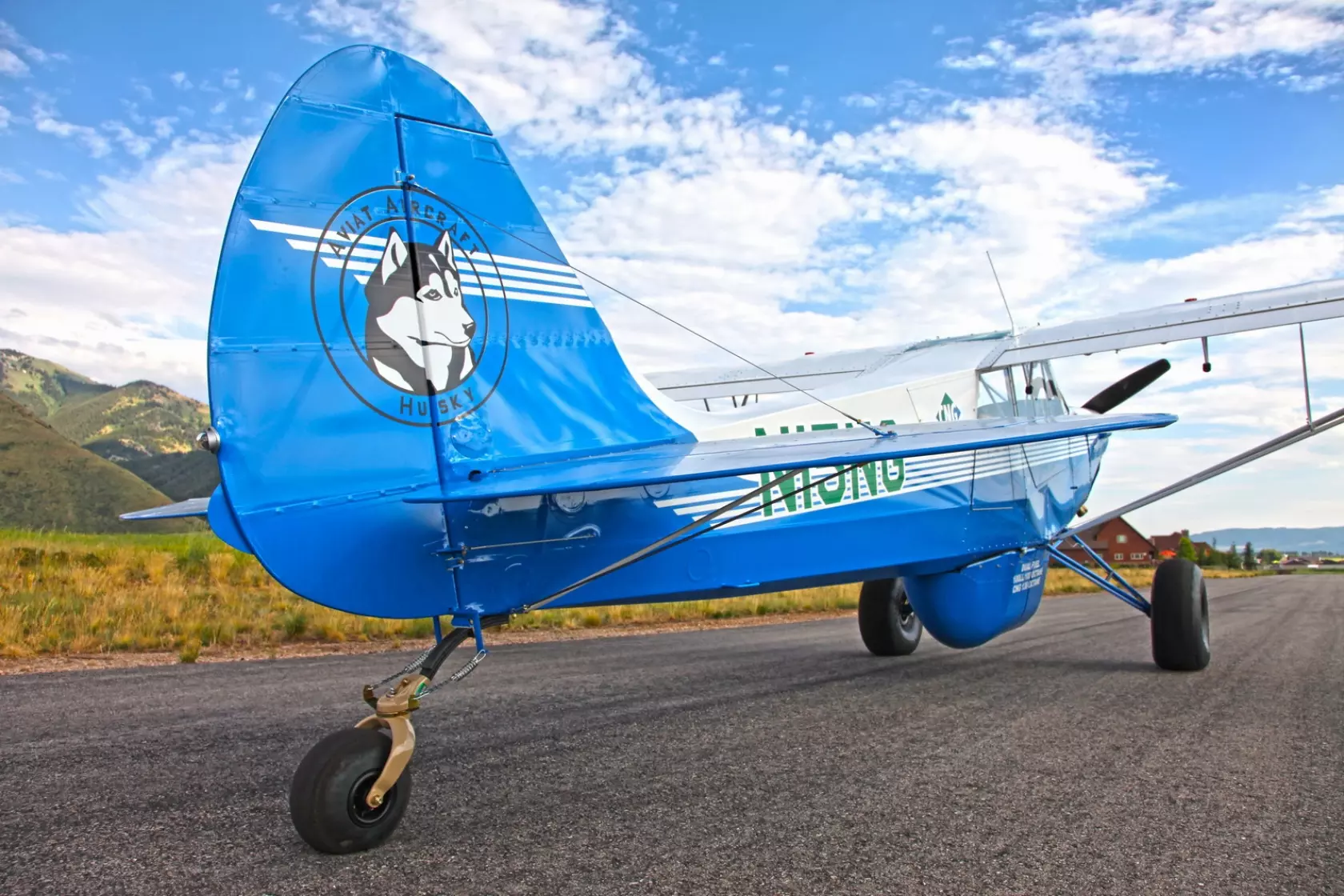 CNG-powered Husky aircraft manufactured by Aviat Aircraft
CNG-powered Husky aircraft manufactured by Aviat Aircraft 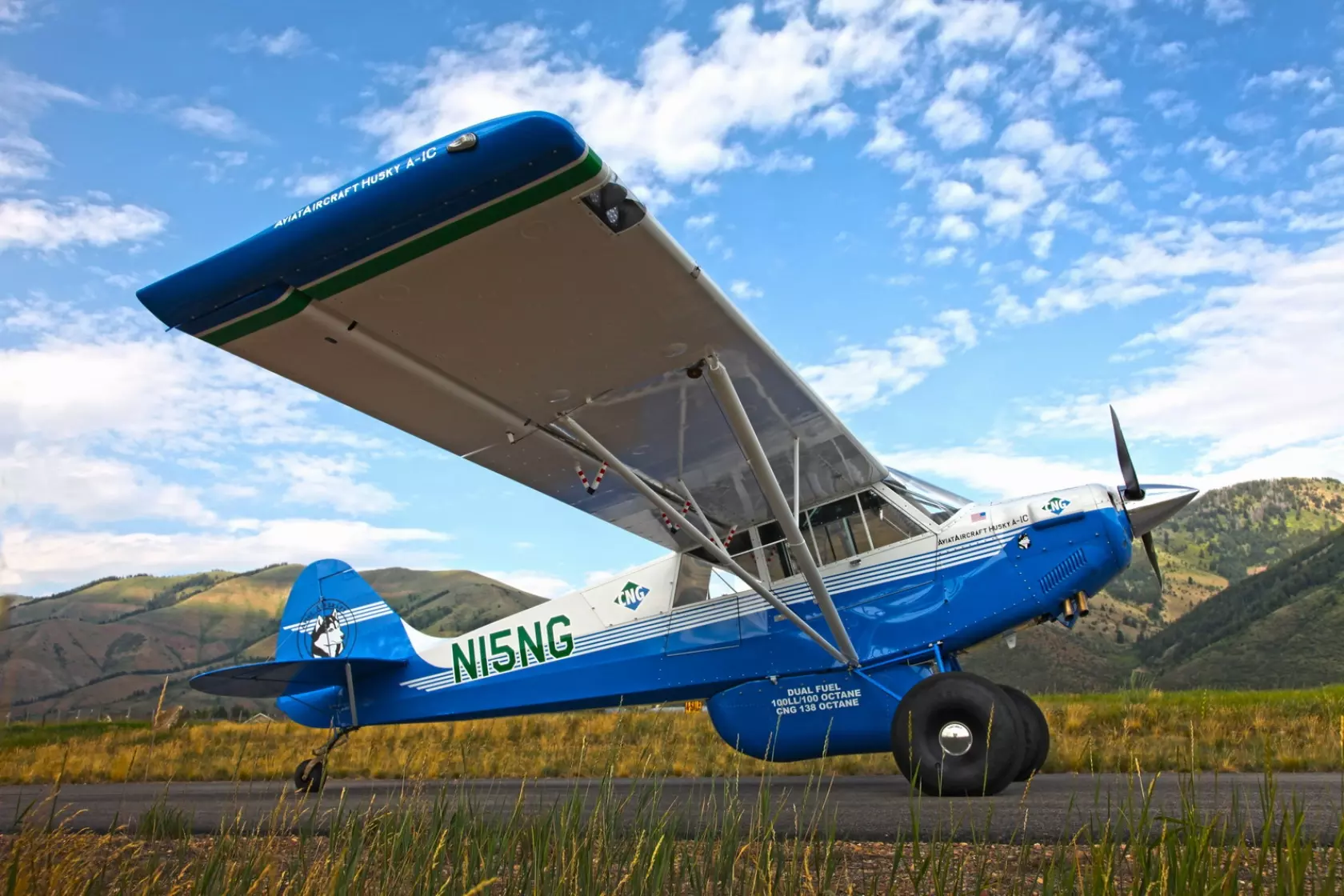 CNG-powered Husky aircraft manufactured by Aviat Aircraft
CNG-powered Husky aircraft manufactured by Aviat Aircraft 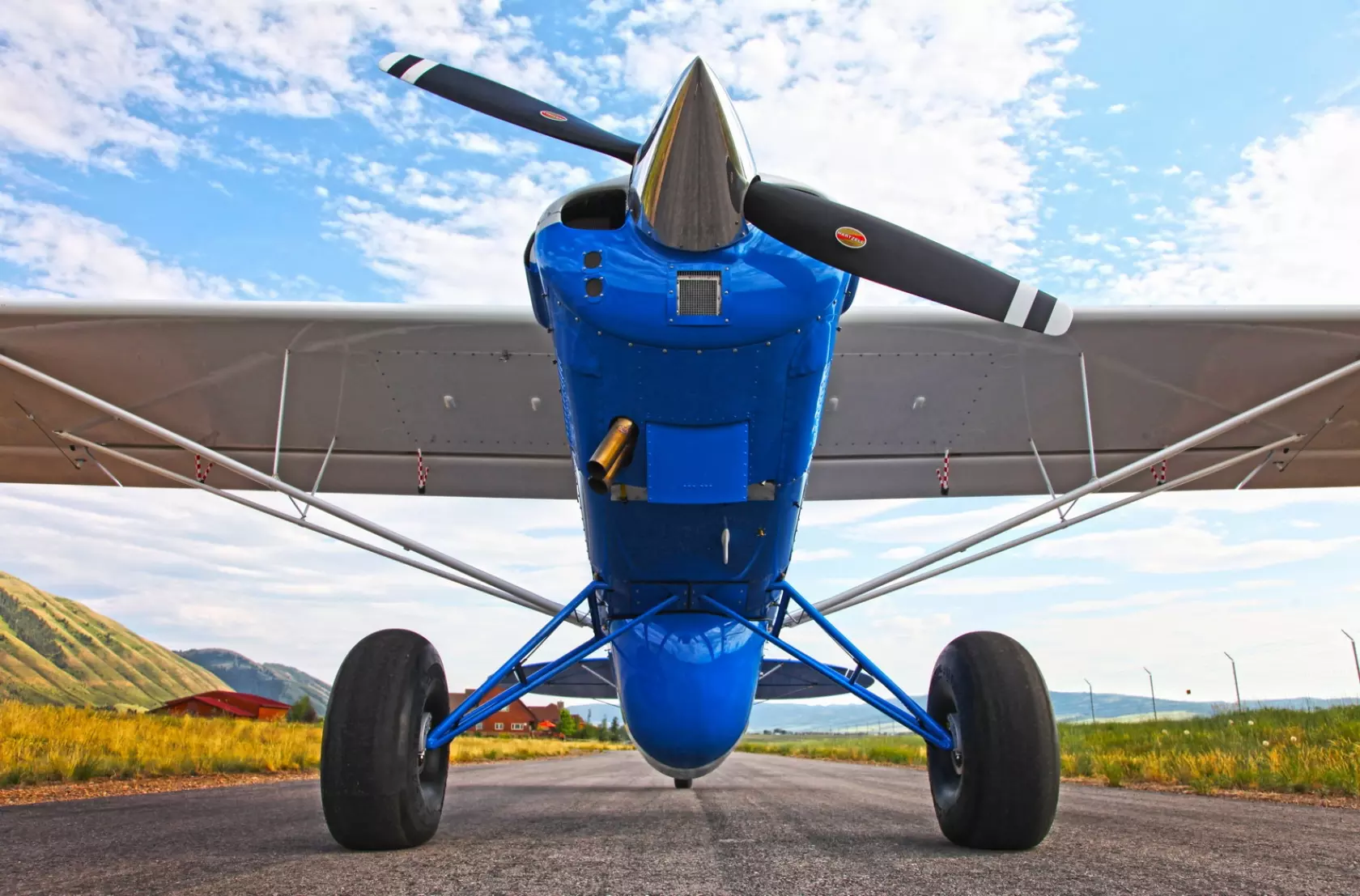 CNG-powered Husky aircraft manufactured by Aviat Aircraft
CNG-powered Husky aircraft manufactured by Aviat Aircraft 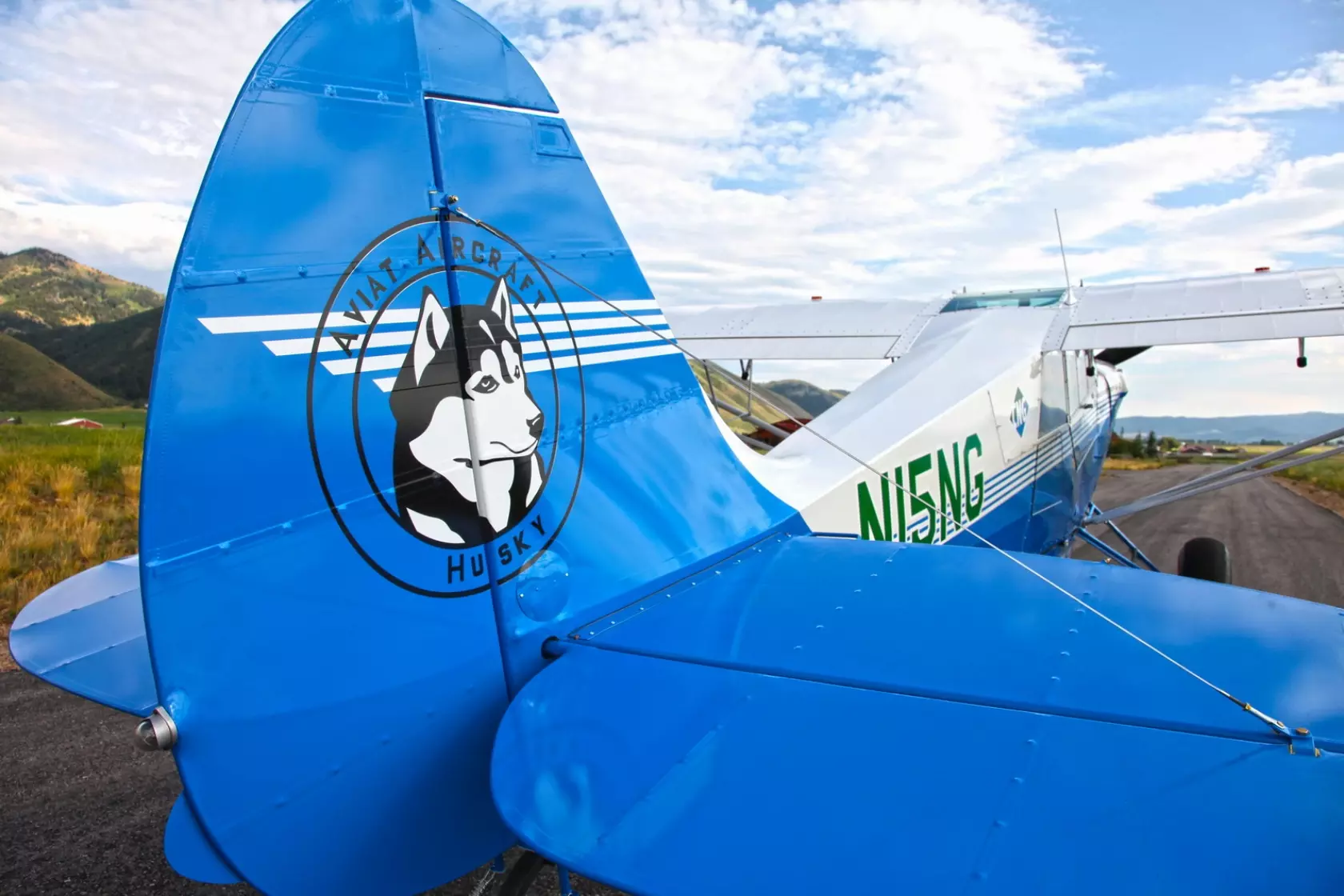 CNG-powered Husky aircraft manufactured by Aviat Aircraft
CNG-powered Husky aircraft manufactured by Aviat Aircraft 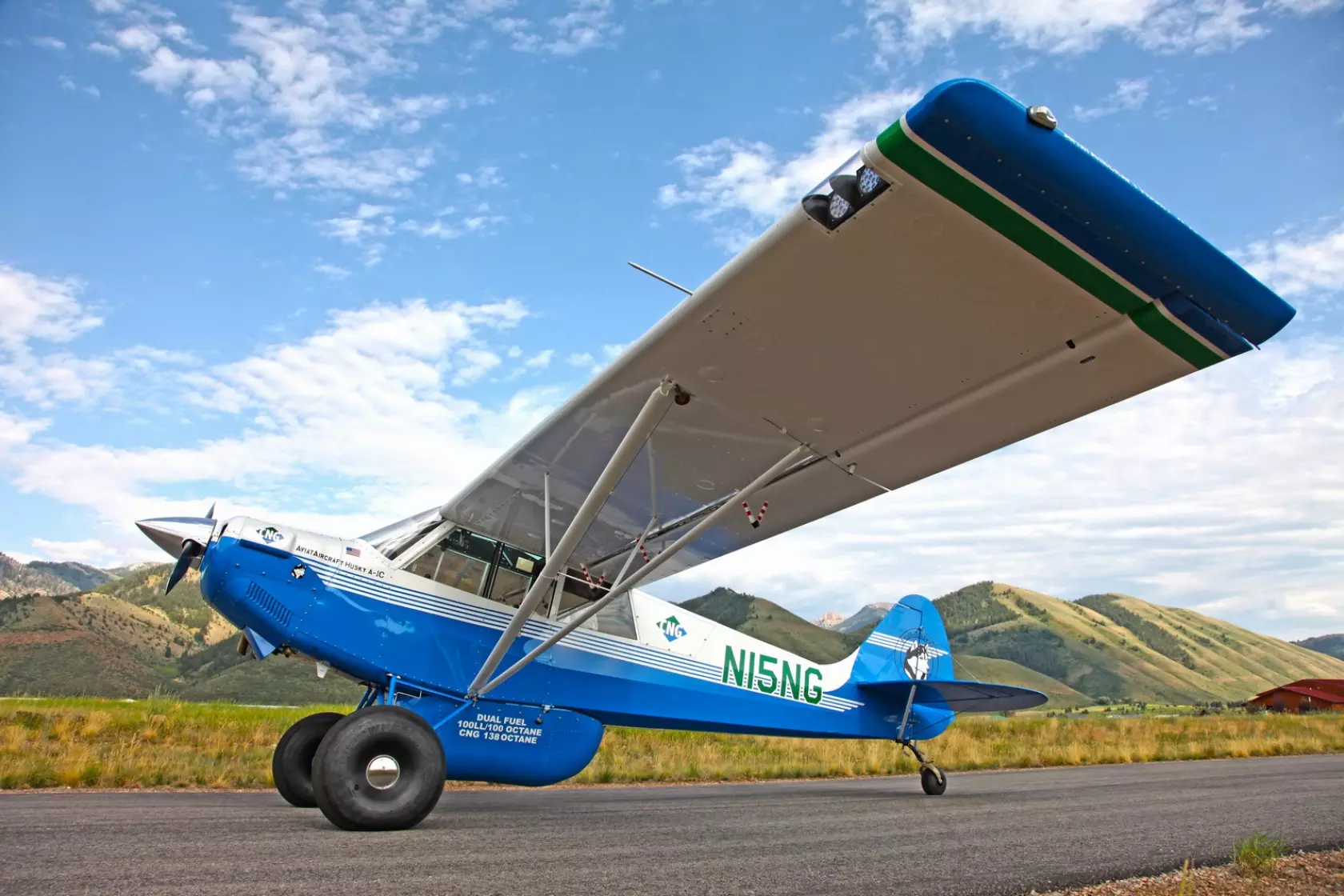 CNG-powered Husky aircraft manufactured by Aviat Aircraft
CNG-powered Husky aircraft manufactured by Aviat Aircraft 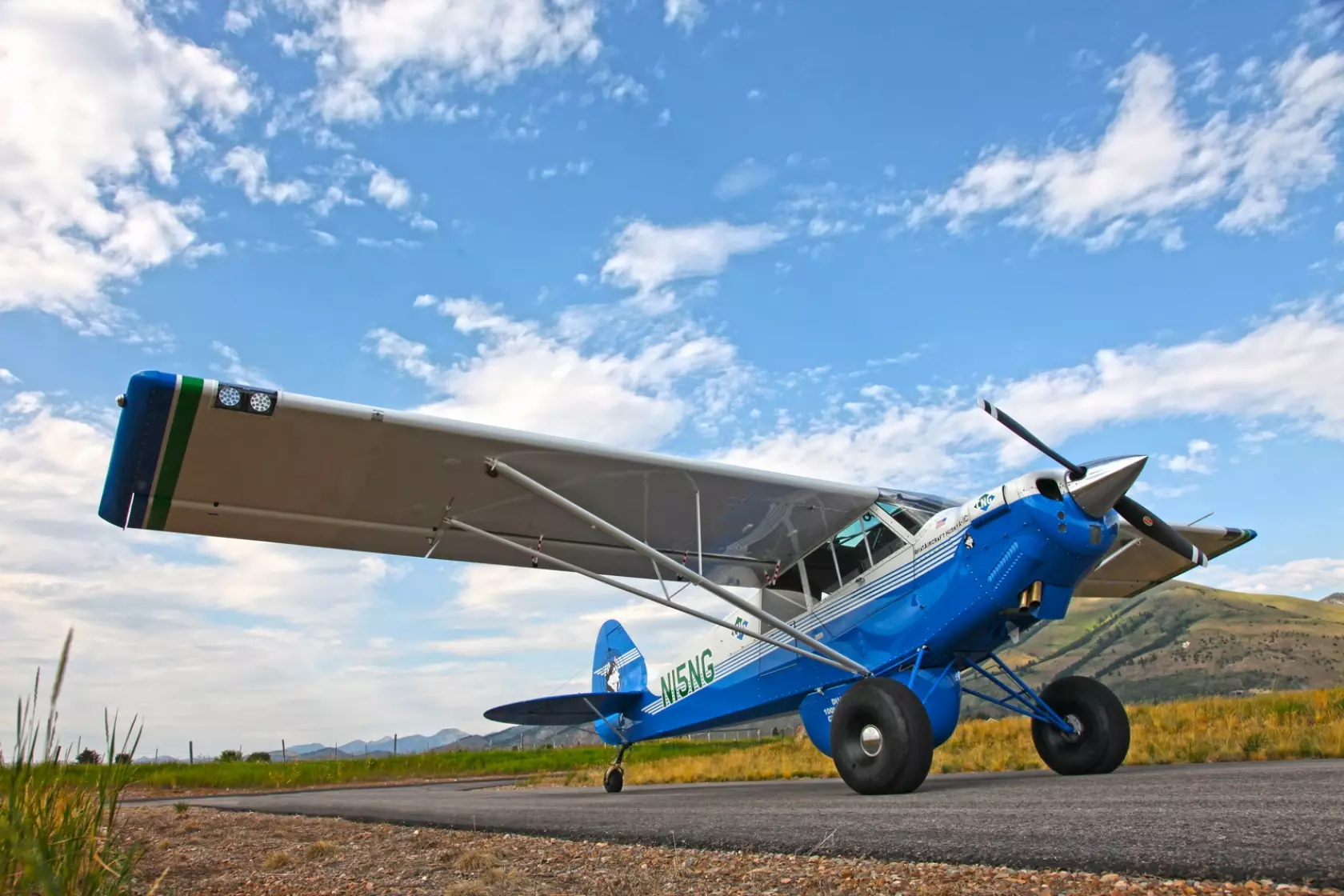 CNG-powered Husky aircraft manufactured by Aviat Aircraft
CNG-powered Husky aircraft manufactured by Aviat Aircraft 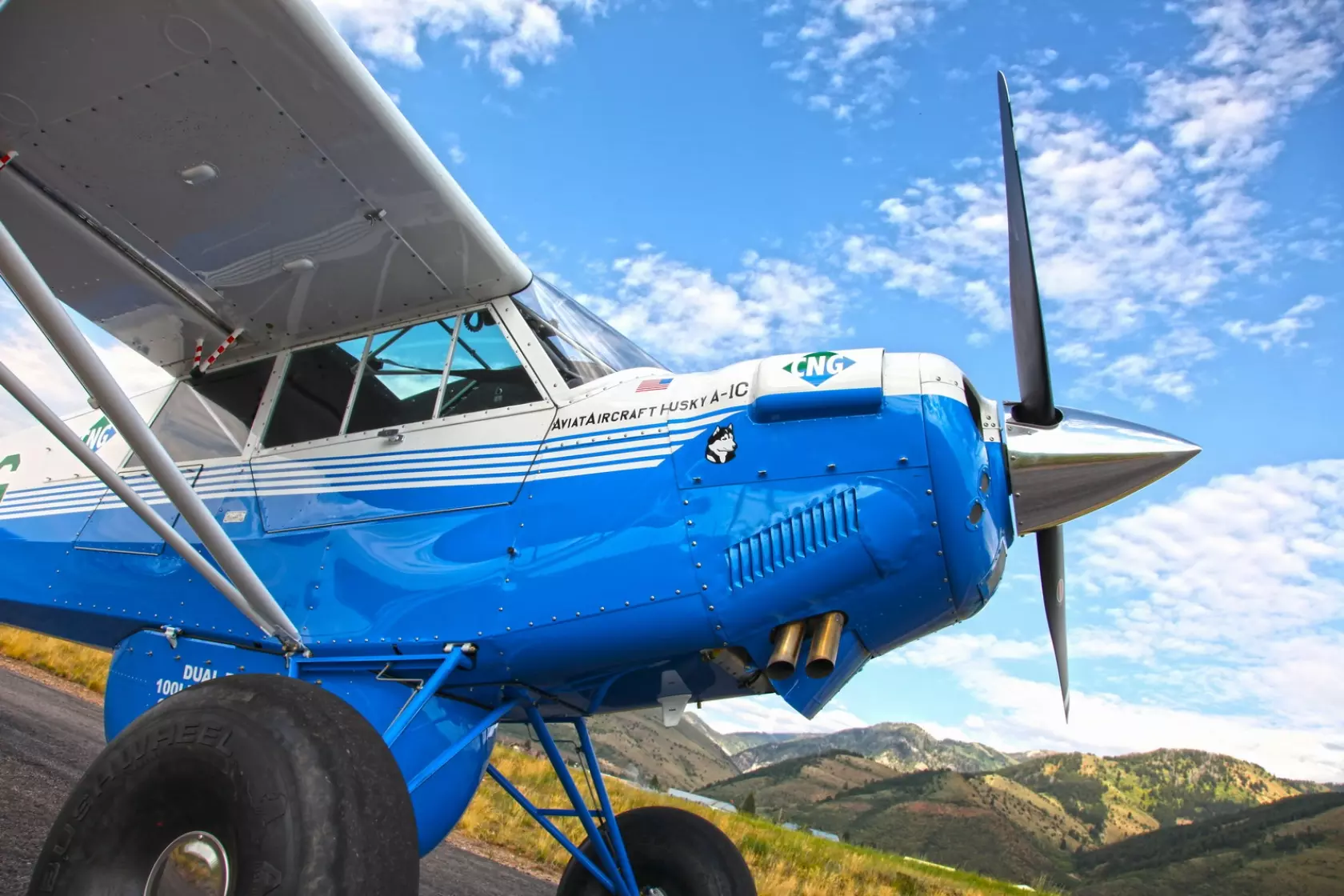 CNG-powered Husky aircraft manufactured by Aviat Aircraft
CNG-powered Husky aircraft manufactured by Aviat Aircraft 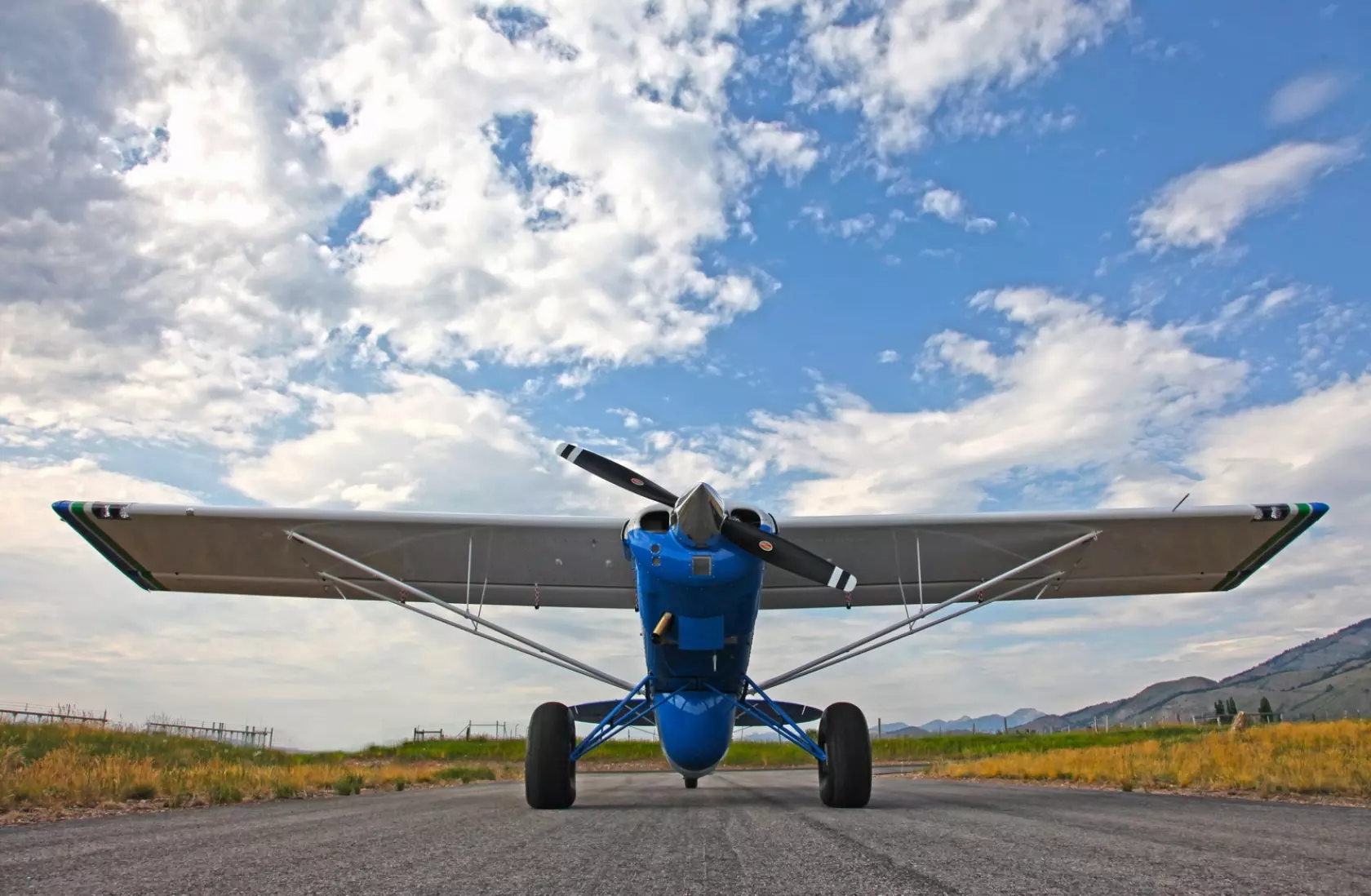 CNG-powered Husky aircraft manufactured by Aviat Aircraft
CNG-powered Husky aircraft manufactured by Aviat Aircraft  Replaceable CNG tank in the CNG-powered Aviat Aircraft’s Husky
Replaceable CNG tank in the CNG-powered Aviat Aircraft’s Husky 












The aircraft is powered by a 4-cylinder Lycoming engine with a power of 200 PS, adapted to gas fuel supply. New pistons were used for this purpose. They allowed to increase the compression ratio from 8.5 to 10. This lets us take full advantage of natural gas, which is characterized by the octane number of 138, while aviation petrol’s ON is 100.
Because of this, the plane – apart from standard 50 gallon petrol tank – is equipped with a compressed natural gas tank. The removable CNG type IV tank used in the aircraft (with plastic liner and carbon fiber braid) holds around 32 m3 of CNG and weighs 43 kg.
Among the advantages of CNG, specialists mention reduced operating costs and lower emissions of harmful exhaust gases (especially lead compounds present in aviation petrol). Another crucial thing is the reduction of carbon monoxide emissions by 90-97% which also reduces the risk of the poisonous gas finding its way into the cockpit. Engine oil also shows greater durability as CNG doesn’t contaminate and doesn’t dilute the crankcase oil.
In addition, this fuel’s higher ON means that the engine can have more power, also at high altitudes. When starting a warm engine there are no vapor locks in the fuel lines because the gas stays in the vapor phase all the time.
According to the experts, the use of CNG can help to significantly reduce the costs of flight training. Considering that the consumption of the aviation fuel is at about 10 gallons per hour, the use of the gas supply reduces the cost of flying by 40-60 dollars per hour.
Full fuel tanks in Husky allow a 7-hour flight with the engine at 65% of maximum power.
The manufacturer estimates that the gas installation in Husky will increase its price by 12 to 15 thousand dollars, compared to the price of the petrol-powered aircraft.
You may also find these interesting:
 loading results...
loading results...
